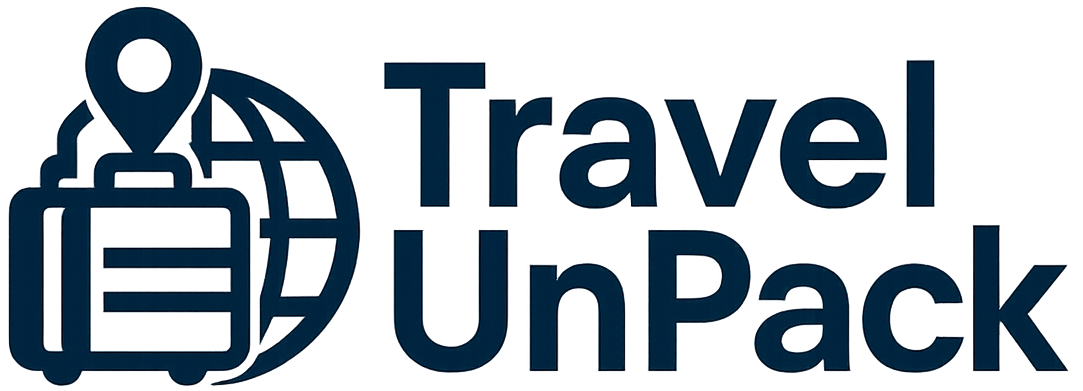Agile Methodologies: Transforming Productivity in Studies and Remote Work
Have you ever felt overwhelmed by tight deadlines, accumulated tasks or the feeling that you're not making progress in your studies or at work? If so, maybe it's time to get to know the agile methodologiessuch as Scrum and KanbanThese tools were originally created for software development, but can revolutionize your personal organization.
Imagine being able to deliver projects more efficiently, reduce stress and still have free time for leisure. Sound like a dream? It's not. With the right techniques, you can adapt these frameworks to your day-to-day life, whether you're studying for an important exam or managing your professional demands from home.
In this article, we will explore how to apply Scrum and Kanban in non-technological contextswith practical examples, tool tips and strategies to avoid common pitfalls. Ready to transform your productivity? Let's get started!
Understanding Agile Methodologies: What They Are and Why They Work
Agile methodologies emerged as a response to traditional project management models, which were often slow and bureaucratic. O Agile Manifestocreated in 2001, defends values such as individuals and interactions on processes and tools, working software on excessive documentation, collaboration with the client on negotiating contracts and responding to change about following a plan rigidly.
But what does this have to do with your routine? Everything. When working remotely or studying, you also have to deal with deadlines, priorities and unforeseen events. Methods such as Scrum and Kanban help breaking large objectives into smaller tasksYou can monitor progress in real time and adjust course when necessary.
For example, instead of trying to write a 50-page Capstone in one go (which is daunting), you could divide it into stages: literature research, writing in chapters, revision. Each stage becomes a "incremental delivery"It brings a constant sense of achievement.
In addition, these methodologies encourage retrospective - pauses to evaluate what worked and what could be improved. Have you ever thought about how many times you repeat the same mistakes due to lack of reflection?
Scrum in Studies: How to Organize Your Learning in Sprints
Scrum is based on short work cycles called sprints (usually 1 to 4 weeks), where you focus on a specific set of tasks. To adapt it to your studies, follow this step-by-step guide:
1. Define your Product Backlog: List all the topics you need to study (e.g. subjects for the ENEM, online courses).
2. PrioritizeUse criteria such as urgency or difficulty. Subjects with a greater weight in the exam or more complex topics can come first.
3. Plan the SprintChoose what you can fit into the next 2 weeks. Be realistic - including 10 books in a sprint is a recipe for frustration.
4. Execute and TrackTools such as Trello or Notion help you visualize tasks in "To Do", "Doing" and "Done".
A practical example: João, a law student, used 2-week sprints to prepare for the OAB. In the first sprint, he focused on Civil and Criminal Law; in the second, on Labor and Constitutional Law. At the end of each cycle, he reviewed what he had learned with mock exams. The result? Pass on the first attempt.
The key here is don't skip the review. Take 10 minutes at the end of the day to check on progress. If you realize you're behind schedule, adjust the plan - reduce the scope or extend the sprint. Remember: flexibility is one of the pillars of agile.
Kanban in Remote Work: Visualizing and Limiting Tasks
While Scrum is based on timed iterations, the Kanban is centered on continuous flow of workusing a visual board (physical or digital) with columns such as:
– To do (to-do)
– In Progress (doing)
– Done (done)
The magic of Kanban lies in limitation of work in progress (WIP). Having 10 tasks "In Progress" at the same time only creates anxiety and inefficient multitasking. The ideal is to set a maximum number per column (e.g. 3 tasks in "Doing").
In the home office, this avoids that feeling of always being busy but never getting anything done. Ana, a freelance designer, used Kanban in her Asana to manage customers:
– To do: New briefings
– In Progress (limit of 2): Two ongoing projects
– Done: Deliveries completed
With this approach, it has reduced delays in 40%s and gained more clarity about its real capacity.
Bonus tip: Include a column "Waiting" for tasks that are dependent on third parties (e.g. feedback from the boss). This way, you don't get the false impression that you're procrastinating.

Digital Tools for Implementing Scrum and Kanban
You don't have to be a technology expert to put this into practice. Here are some accessible tools:
– TrelloSimple and intuitive, perfect for Kanban. You can create boards for different projects (e.g. "Marketing Studies", "Work Tasks").
– NotionMore flexible, it allows you to integrate SCRUM (with sprint templates) and Kanban on a single platform.
– Asana: Great for remote teams, with scheduling options and dependencies between tasks.
– Jira (for advanced users): If you like detailed metrics, such as sprint speed.
Try starting with a free tool and migrating as your needs grow. The important thing is not spend more time organizing than executing.
Common Mistakes and How to Avoid Them
Even with the best intentions, it's easy to make mistakes. Here are the most common ones:
1. Unrealistic sprints: Set yourself more tasks than you can handle. Start small and gradually increase.
2. Ignore RetrospectivesWithout reflecting on what went wrong, you repeat patterns. Set aside 15 minutes a week for adjustments.
3. Complex ToolsIf you spend more time setting up Trello than working, go back to basics - a physical board works just as well.
4. Lack of prioritization: Not everything is urgent. Use the Eisenhower matrix to sort tasks into "Important/Urgent".
Ask yourself: "Am I feeling more productive or just busier?" If it's the second option, review your method.
Adapting Methodologies to Your Pace
Scrum and Kanban are not immutable laws. If 2-week sprints are stressful, shorten them to 1. If traditional Kanban seems rigid, add columns like "Blocked" or "Under Review".
The secret is test, adjust and customize. Maria, a teacher and master's student, adapted Scrum to write her dissertation:
– 1-week sprints (due to the intense routine).
– Daily reviews fast (5 minutes in the morning).
– Kanban board only for academic tasks, separate from the staff.
She discovered that small daily victories kept her motivated, even on the busiest days.
Next Steps: How to Start Today
Now that you know the concepts, how about taking the first step?
1. Choose an Area to TestIt could be an online course or a work project.
2. Define a Simple Sprint: 1 week, with 3-5 priority taremas.
3. Set up your Kanban boardUse post-its or a free app.
4. Schedule a RetrospectiveAt the end of the cycle, write down 1 thing to improve.
Remember: productivity is not about doing more, but about doing better. With Scrum and Kanban, you gain clarity, control and - best of all - free time.
Are you ready to transform your routine? How about starting right now?
Useful links:
- [Trello](https://trello.com/)
- [Notion Templates for Studies](https://www.notion.so/templates)
- [Official Scrum Guide](https://www.scrumguides.org/)
- [Eisenhower Matrix Online](https://www.eisenhower.me/)
If you liked this content, share it with someone who also needs more agile productivity! 🚀



